Lizard feces uncover benefits of Batesian mimicry in Camponotus lateralis
Batesian mimicry is when a harmless species adopts the warning signal of another, more harmful species. For instance, countless other arthropods evolved to mimic ants in appearance, likely to trick predators. However, it is much less common that a harmless ant mimics the warning signals of another ant species. One of the most famous examples is the relationship of Camponotus lateralis and Crematogaster scutellaris. The two species often nest next to each other, and it hypothesized that the rather timid Camponotus lateralis benefits from mimicking the pugnacious Crematogaster scutellaris. However, the actual quantification of this supposed benefit is much more difficult. In his newest article, “Crematogaster scutellaris and its putative mimic Camponotus lateralis (Hymenoptera: Formicidae) are underrepresented in feces of ant-eating South-Alpine wall-lizards (Podarcis muralis maculiventris)“, published in Myrmecological News, the Austrian myrmecologist Herbert Wagner uses a natural predator system to test this idea. He investigated the dung of a common lizard in the natural environment of the mimicked ant (Cr. scutellaris), the mimicking ant (Ca. lateralis) and its close relative that does not engage in mimicry (Ca. piceus). There, he found indeed that the mimicry is much less preyed upon than the close relative without mimicry! In this photoblog, Herbert shares some of his favorite field images and introduces his remarkable study organisms.
A Photoblog contribution by Herbert C. Wagner

Edit by Phil Hoenle and Salvatore Brunetti



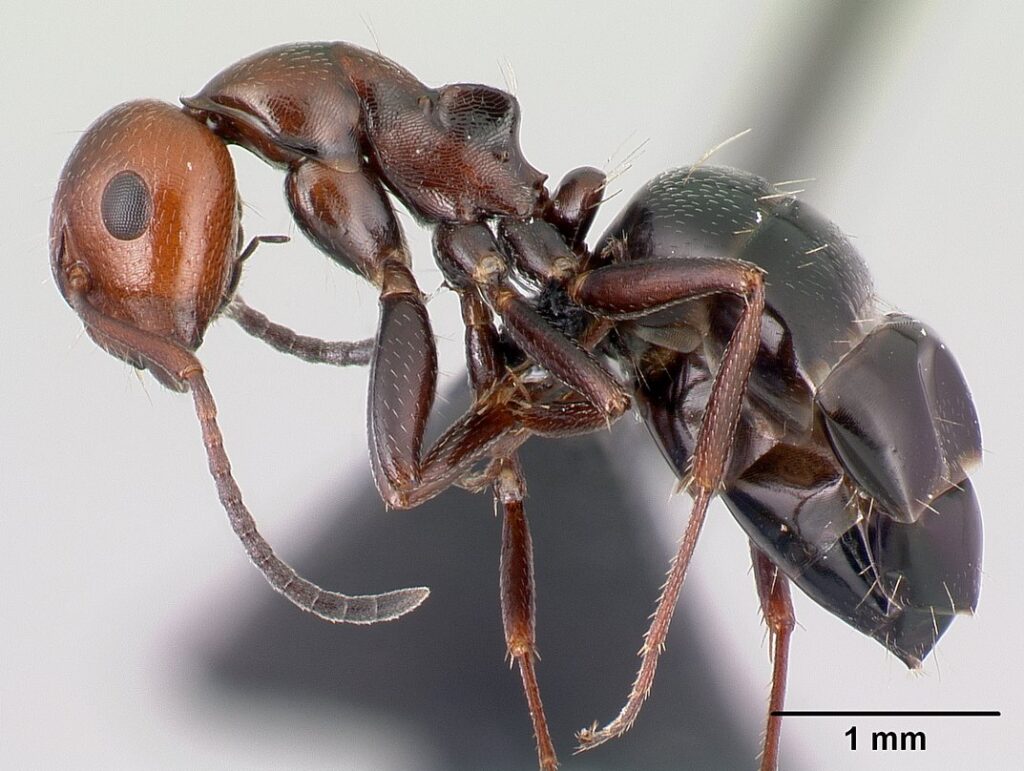
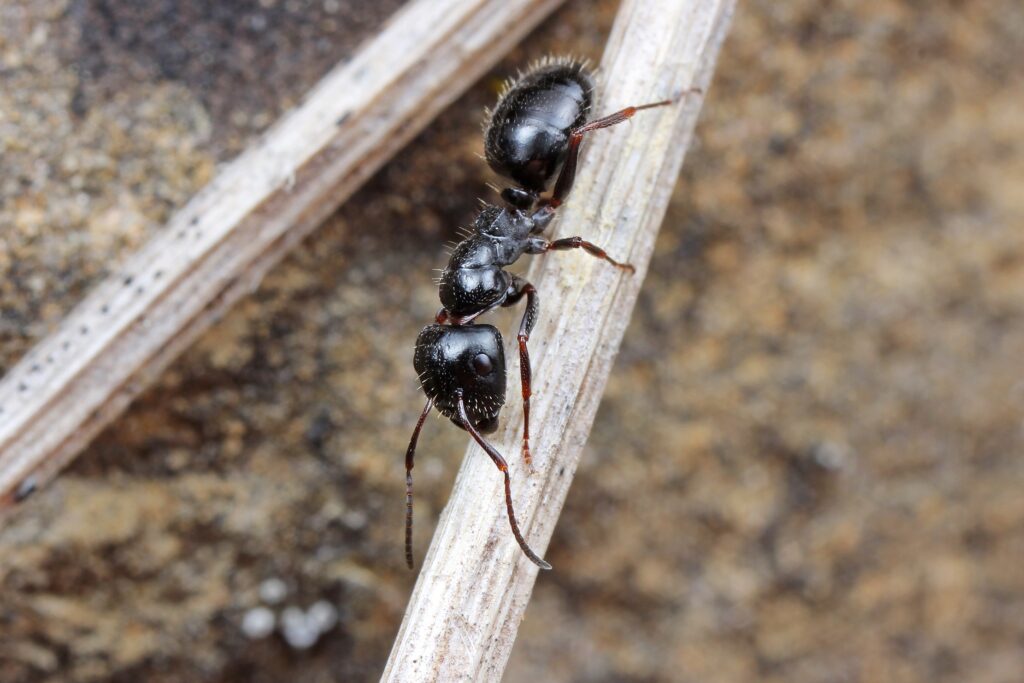
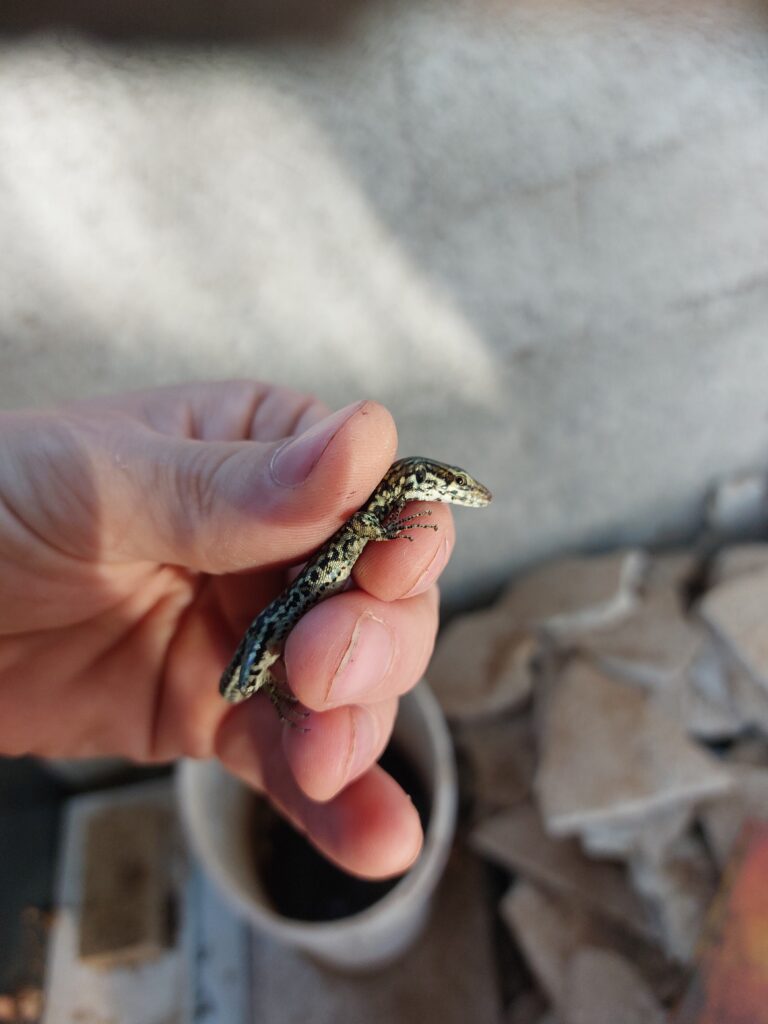
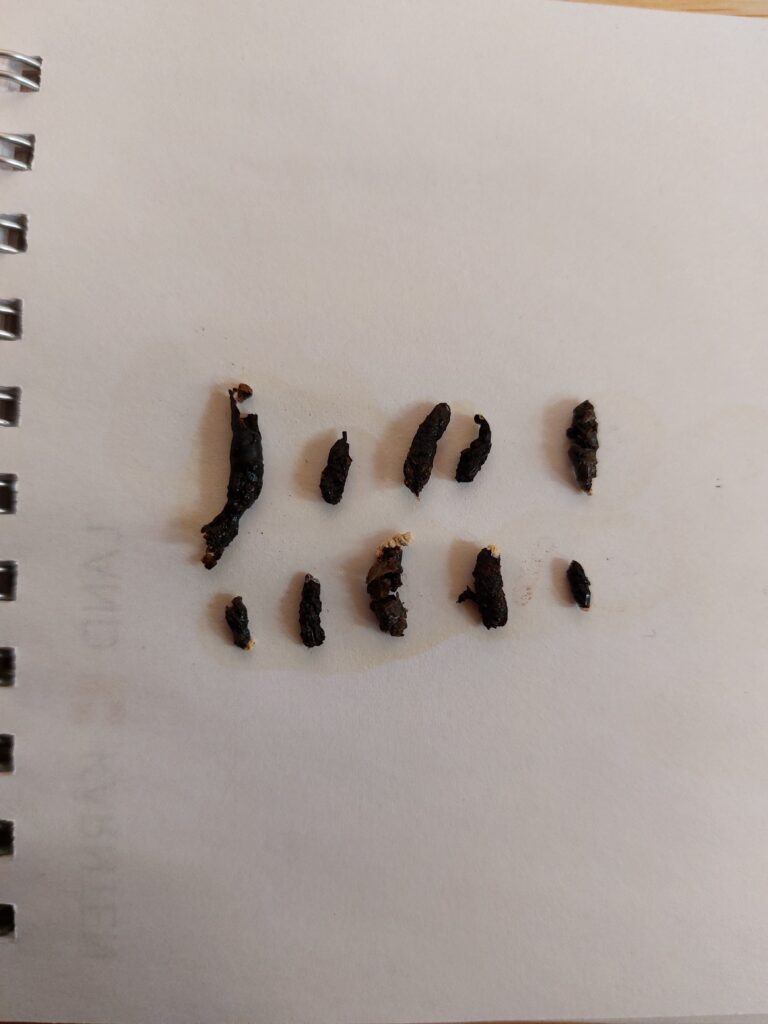
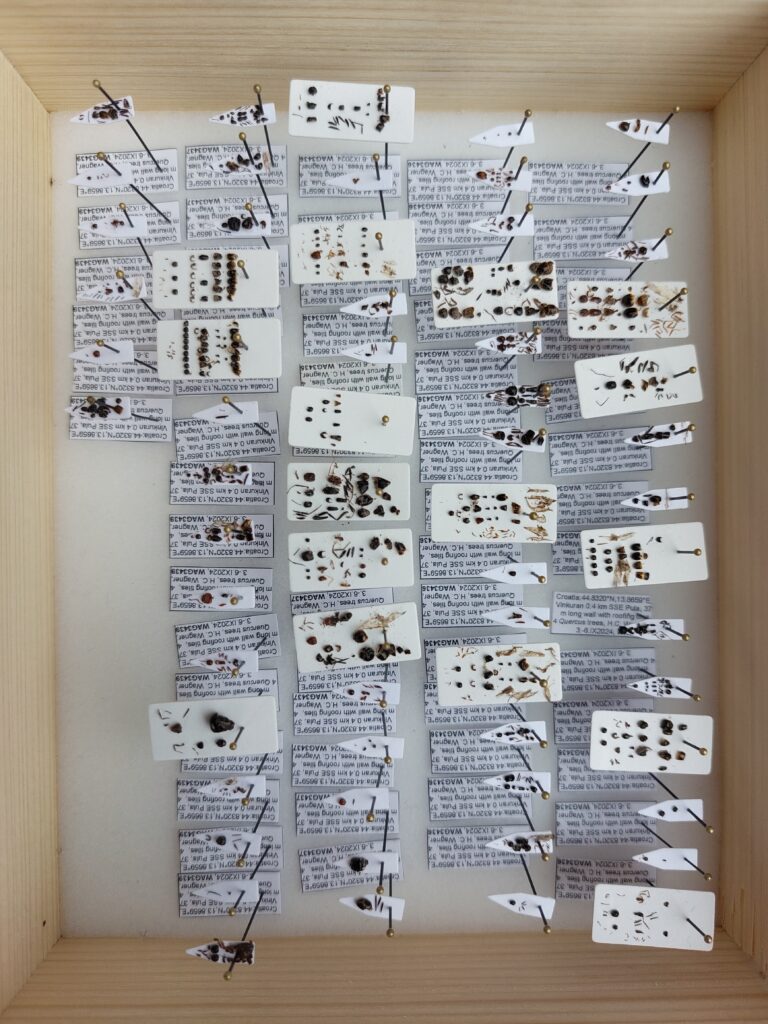
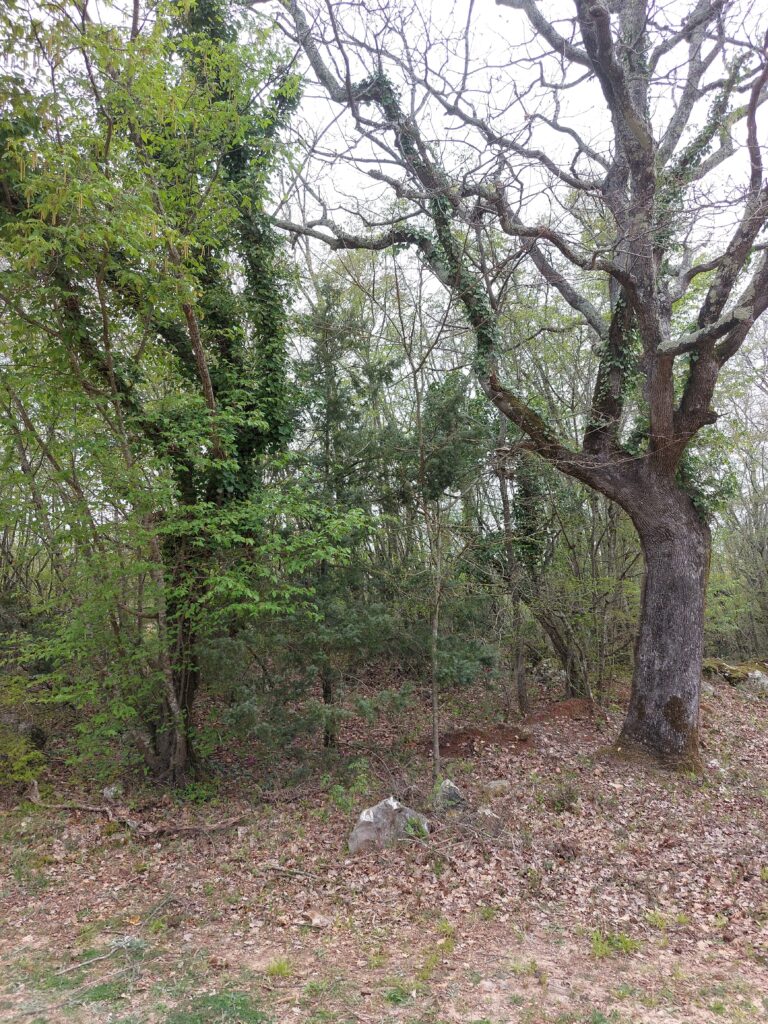
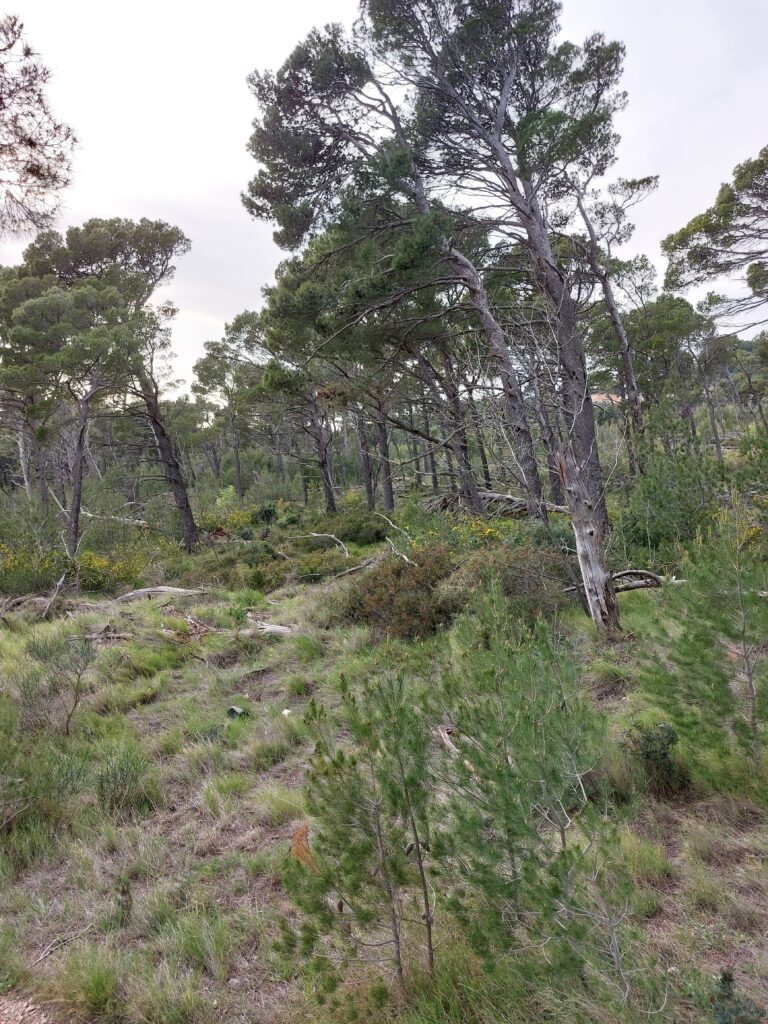


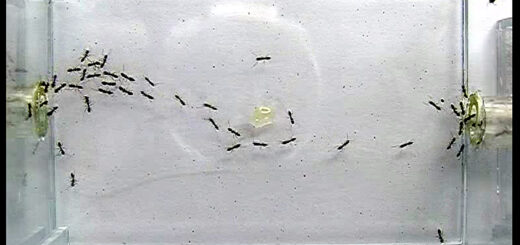
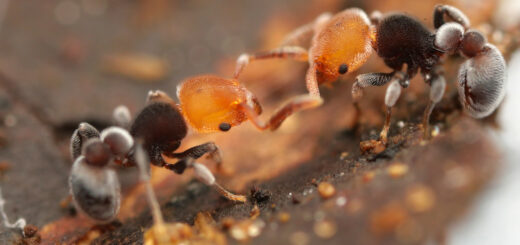

Recent Comments